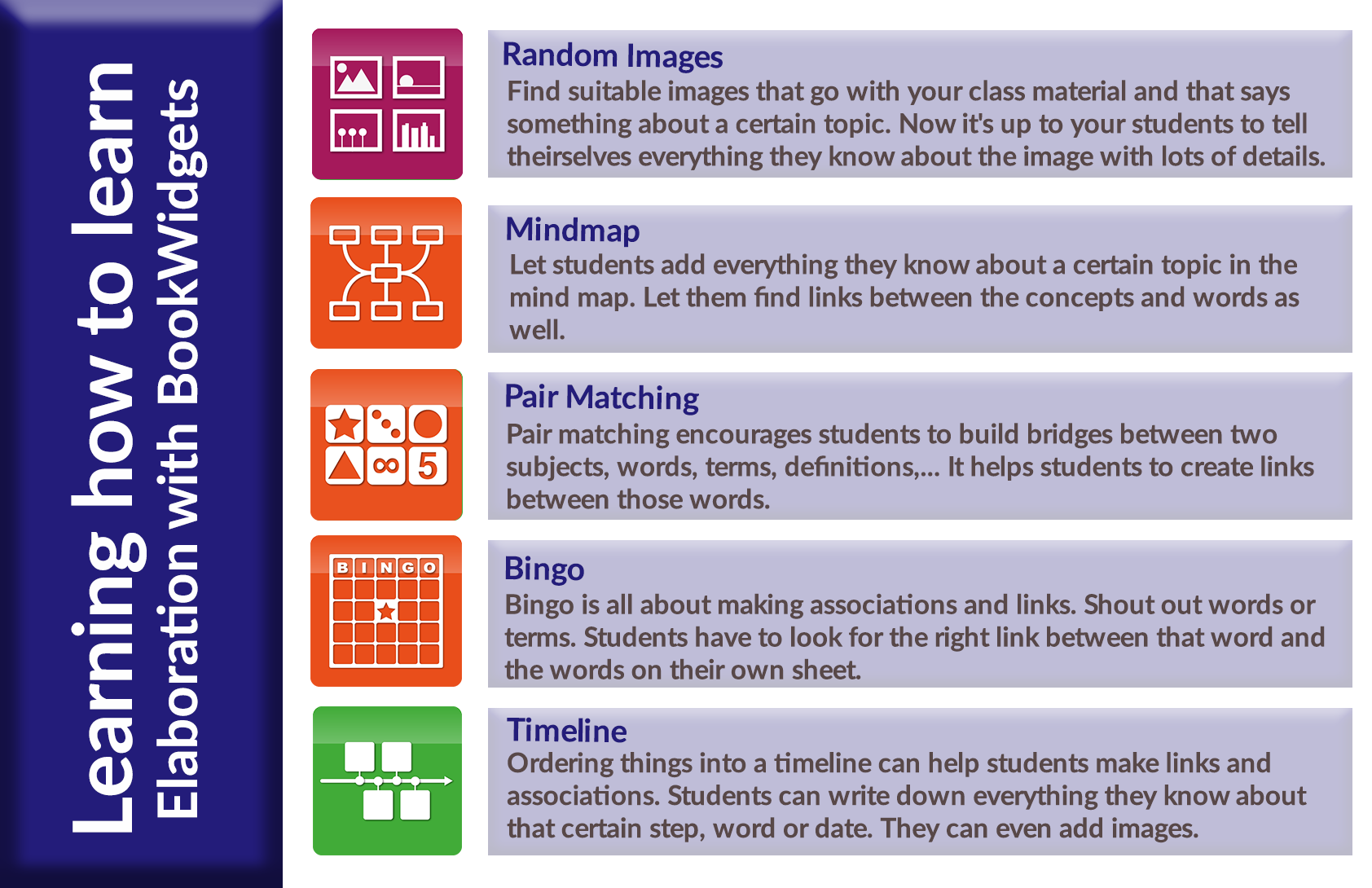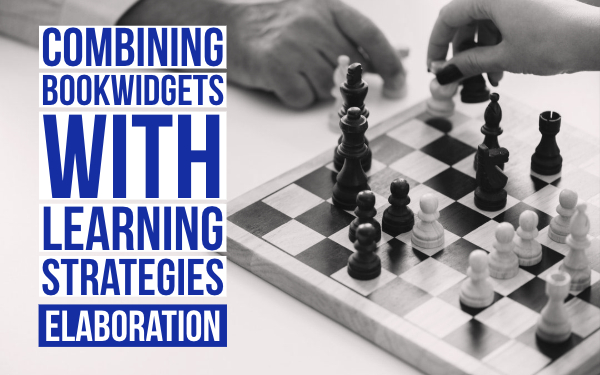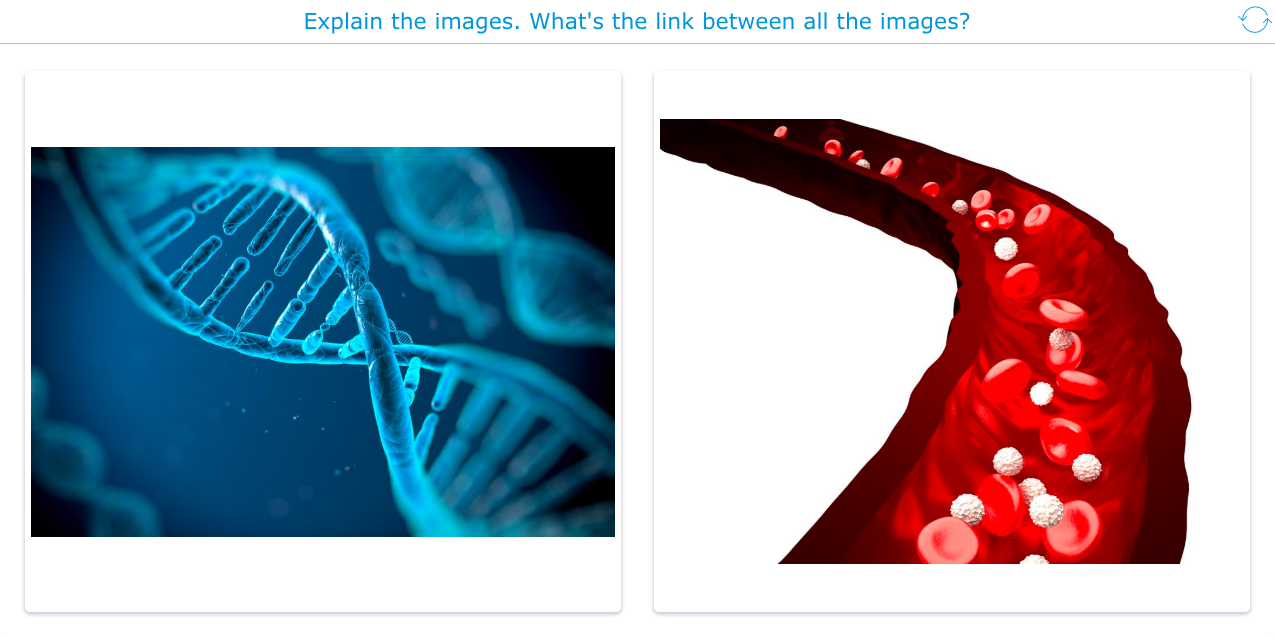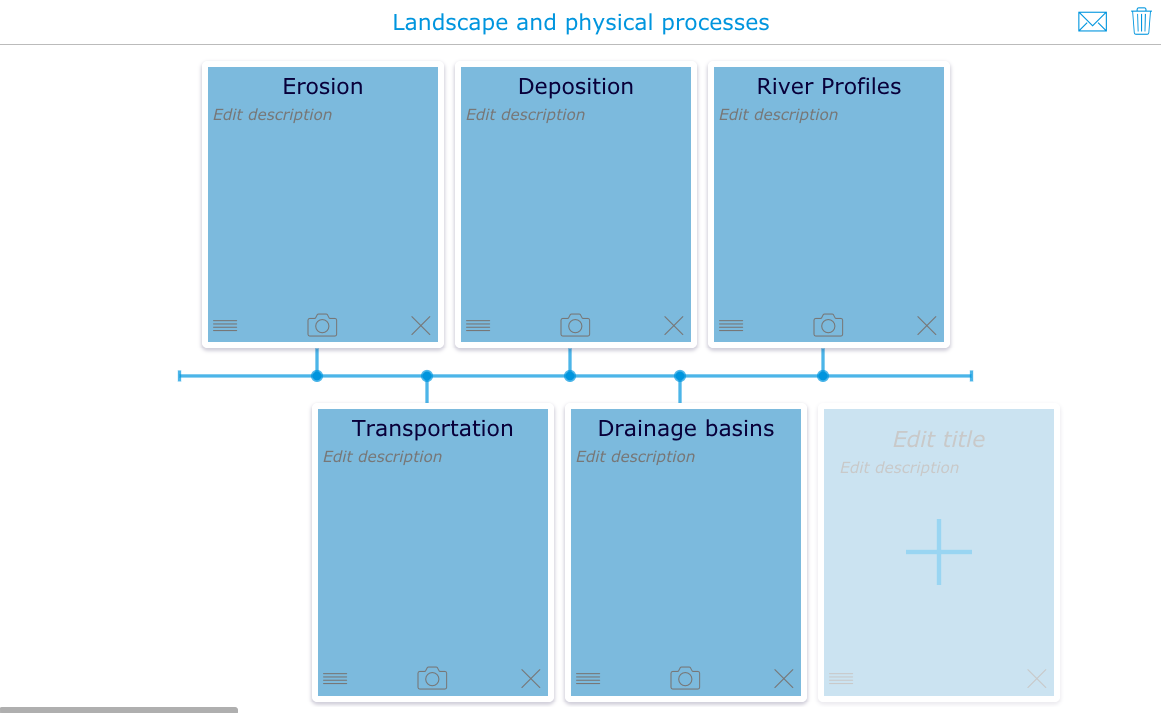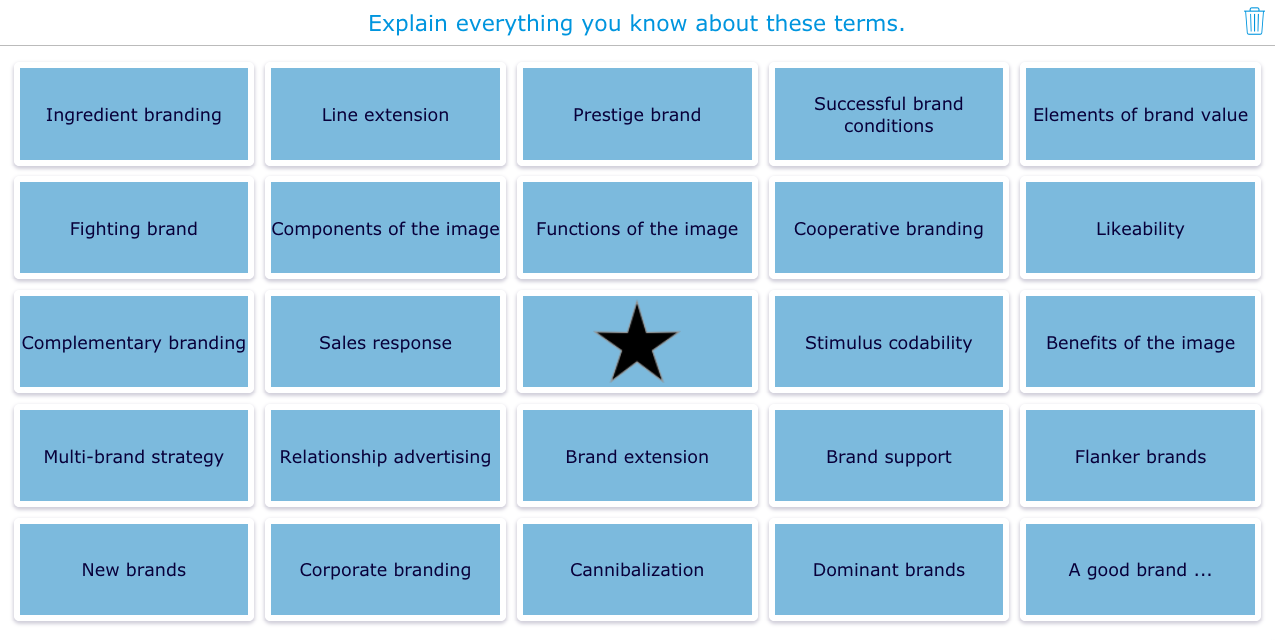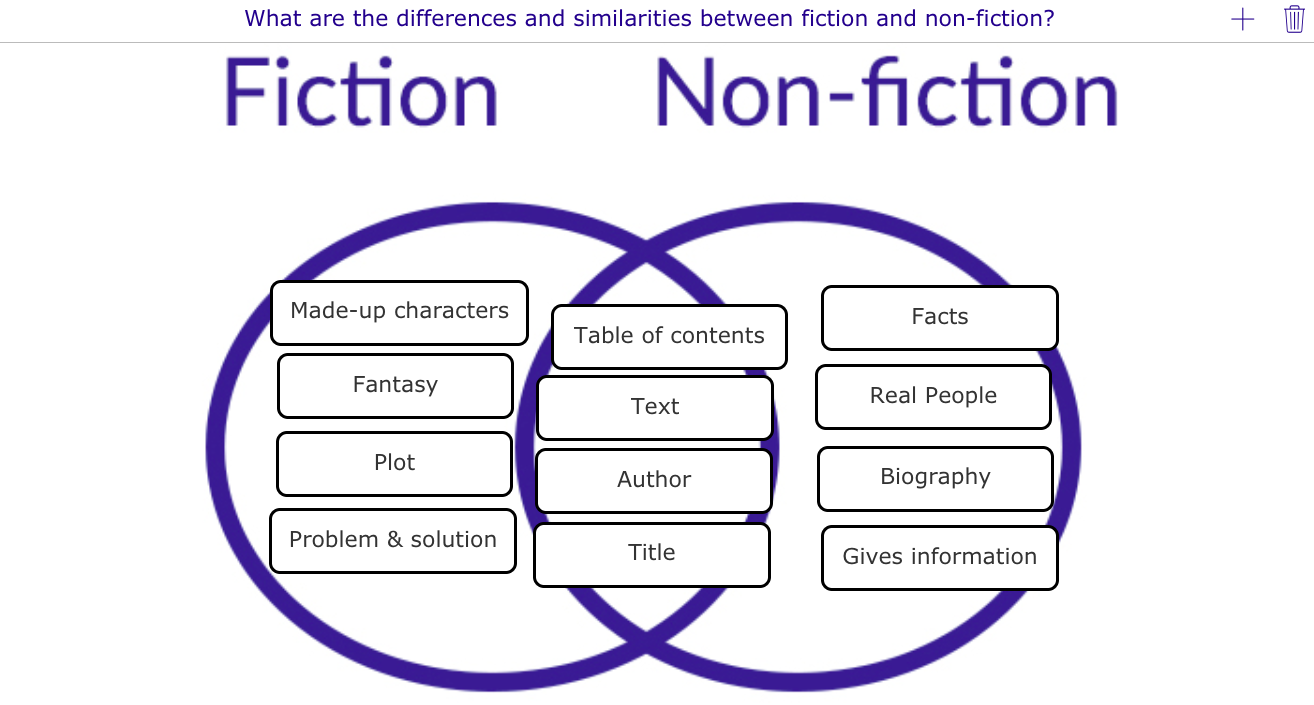Combining BookWidgets with learning strategies - elaboration
 Lucie Renard —
Lucie Renard —
“Remember?”
A word you probably used a lot in your career as a teacher. Students tend to forget. A lot. So how could you make your students remember more of what you are teaching them?
Of course, you can help your students remember by teaching them the most effective learning techniques. I wrote a blog post about those learning techniques last year, and I’m writing a blog post series about the topic again.
For each learning technique, I’m giving you an explicit lesson idea with BookWidgets. How can you design your lessons, so that students will remember it and have fun doing so? The BookWidgets library has over 40 creative exercise templates, and some of them can be used to support the most effective learning strategies.
I’ll give you my lesson ideas in 6 separate blog posts: one for each learning technique. Take a look at the first two blog post regarding “spaced practice” and “retrieval practice”.
Using BookWidgets for elaboration
(Download the elaboration poster right here).
This learning strategy, elaboration, is all about explaining things to yourself: explain and describe ideas with many details.
Teach your students how to explain learning materials to themselves, and ask them to add more and more details every time they talk about it.
Here are a few things your students will have to do:
While they are studying, let them ask themselves questions about how things work and why. They have to look for the answers in the class materials and discuss it with their classmates.
As students are doing this, encourage them to make connections between different ideas and how these ideas work together. Take, for example, 2 ideas, and think of ways they are similar and different to each other.
How are these things and ideas your students are studying applying to their own life experiences or memories? As they go through their day, ask your students to make connections with the classroom materials.
As a teacher, it’s also important to structure your lessons while thinking about this learning strategy.
There are a few widget types that can be used for elaboration and that will help your students make connections.
1. Random Images
One image can trigger much more knowledge somewhere in your students' brains. Find suitable images that go with your class material, images that say something about a certain topic. Now it’s up to your students to tell themselves everything they know about the image in lots of detail.
It’s important for them to check afterwards with the classroom material, as it will contribute even more things they have forgotten, and makes sure they didn’t just made things up trying to remember.
2. Pair Matching
Pair matching encourages students to build bridges between two subjects, words, terms, definitions,… It helps students to create links between those words. Connections and associations make students dig deeper about what they know. It teaches them to really understand the learning matter.
In this example below, students can dig into their personal life and find connections with the pairs. Some inventors' names come back in their inventions.
3. Timeline
Ordering things into a timeline can help students make links and associations. And it doesn’t always have to be limited to history subjects: you can also use a timeline to add things together that relate to each other. Processes, for example, have different steps that need to be remembered, and there’s always a reason why you go from one step to another.
And… In the Timeline widget, students can write down everything they know about that certain step, word or date. They can even add images. These images could be their self-made mind maps or visuals that help them remember.
In this example, students have to write down everything they know about river processes, and add an image of the process into the timeline. This image can be a drawing they made.
4. Bingo
Sure, even Bingo can be used for elaboration: Bingo is all about making associations and links.
So here’s how I do it in my classroom: After a chapter on very interesting marketing strategies and information, I give every student a digital bingo sheet with words and titles about the previous chapter. Students go sit in groups with their own bingo sheet open. One student gets a list of all the words on the widget and shouts out (in his group) words of the list, one by one. The other students have to tell everything they know about that word. Only when everything is said, students may tap off that box on their bingo sheet. When someone hits 5 boxes in a row, he/she has bingo!
In my class, students are allowed to check their lesson materials, but if you think your students can handle it, you can just not mention that! ;)
5. Mind map
The mind map is obviously a widget that has “elaboration” all over it. Let students add everything they know about a certain topic in the mind map. Let them find links as well.
You can even add a background image so students have to add words on particular places in the image. Here’s an example:
Of course, there are other widgets you can also use to encourage elaboration with your students. These were my top picks, and I hope you got some new ideas out of them!
Want to use these widgets? Create a BookWidgets account for free, and join the “BookWidgets Blog” group. You’ll find every widget we’ve created to feature in our blog posts. You can also make some fun widgets yourself:
